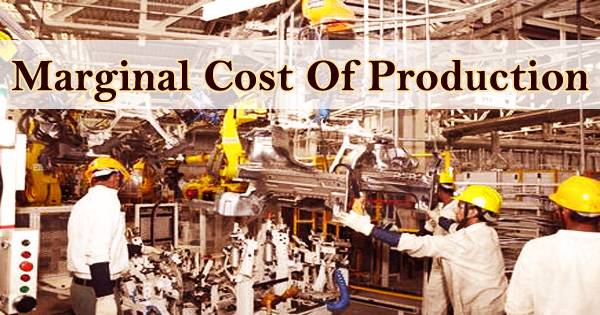To aid in the decarbonization of heavy industries, Australian researchers have created a sophisticated and super-efficient new method of absorbing carbon dioxide and converting it to solid carbon.
Researchers at RMIT University in Melbourne, Australia, developed a carbon dioxide utilization system that can be seamlessly integrated into existing industrial processes.
Decarbonization is a huge technical problem for heavy industries like cement and steel, which are not only energy-intensive but also emit CO2 directly throughout the manufacturing process.
The new technology provides a way to transform carbon dioxide as it is produced and permanently freeze it in a solid-state, preventing CO2 from entering the environment.
The findings were reported in Energy & Environmental Science. Associate Professor Torben Daeneke, a co-lead researcher, said the research built on an earlier experimental approach that employed liquid metals as a catalyst.
“Our new method still harnesses the power of liquid metals but the design has been modified for smoother integration into standard industrial processes,” Daeneke said.
“As well as being simpler to scale up, the new tech is radically more efficient and can break down CO2 to carbon in an instant. We hope this could be a significant new tool in the push towards decarbonization, to help industries and governments deliver on their climate commitments and bring us radically closer to net zero.”
The technique has a provisional patent application filed for it, and researchers recently struck a $AUD2.6 million deal with ABR, an Australian environmental technology business that is commercializing innovations to decarbonize the cement and steel industries.
Dr. Ken Chiang, a co-lead researcher, said the team was eager to hear from other businesses in order to better understand the problems of decarbonizing difficult-to-decarbonize industries and explore new uses for the technology.
As well as being simpler to scale up, the new tech is radically more efficient and can break down CO2 to carbon in an instant. We hope this could be a significant new tool in the push towards decarbonization, to help industries and governments deliver on their climate commitments and bring us radically closer to net zero.
Torben Daeneke
“To accelerate the sustainable industrial revolution and the zero-carbon economy, we need smart technical solutions and effective research-industry collaborations,” Chiang said.
According to the International Energy Agency, the steel and cement industries are responsible for roughly 7% of total global CO2 emissions, and both sectors are likely to rise in the future decades as demand is fueled by population expansion and urbanisation.
CCS technologies have generally focused on compressing the gas into a liquid and injecting it underground, but this poses considerable engineering hurdles as well as environmental considerations. CCS has also been chastised for being too costly and energy-intensive to be widely adopted.
The novel strategy, according to Daeneke, an Australian Research Council DECRA Fellow, provides a sustainable option with the goal of preventing CO2 emissions while also giving value-added carbon reutilisation.
“Turning CO2 into a solid avoids potential issues of leakage and locks it away securely and indefinitely,” he said.
“And because our process does not use very high temperatures, it would be feasible to power the reaction with renewable energy.”
The Australian government has designated carbon capture and storage (CCS) as a high-priority technology for investment in its net-zero strategy, launching a $1 billion fund to explore innovative low-emission technologies.
How the tech works
In developing the novel CCS technology, the RMIT team used thermal chemistry processes commonly used by industry, according to main author and PhD researcher Karma Zuraiqi. The liquid metal is heated to roughly 100-120C in the “bubble column” process.
Carbon dioxide is pumped into the liquid metal, causing gas bubbles to rise up like champagne bubbles.
The gas molecule splits up into flakes of solid carbon as the bubbles flow through the liquid metal, and the reaction takes only a fraction of a second.
“It’s the extraordinary speed of the chemical reaction we have achieved that makes our technology commercially viable, where so many alternative approaches have struggled,” Chiang said.
In partnership with industry partner ABR, the next step in the research is to scale up the proof-of-concept to a modularized prototype the size of a shipping container.
The RMIT technique, according to ABR Project Director David Ngo, transforms a waste product into a key constituent in the future generation of cement blends.
“Climate change will not be solved by one single solution, however, the collaboration between ABR and RMIT will yield an efficient and effective technology for our net-zero goals,” Ngo said.
The team is also looking into other uses for the transformed carbon, such as in construction materials.
“Ideally the carbon we make could be turned into a value-added product, contributing to the circular economy and enabling the CCS technology to pay for itself over time,” Daeneke said.
The research involved a multi-disciplinary collaboration across engineering and science, with RMIT co-authors Jonathan Clarke-Hannaford, Billy James Murdoch, Associate Professor Kalpit Shah and Professor Michelle Spencer.

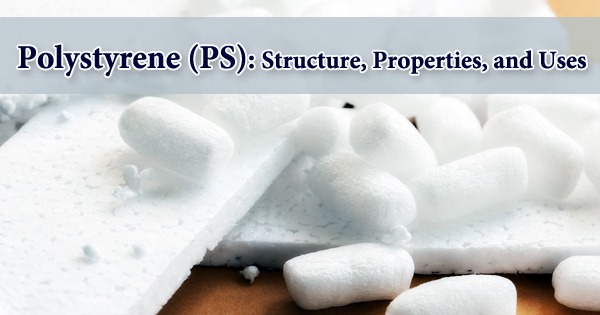
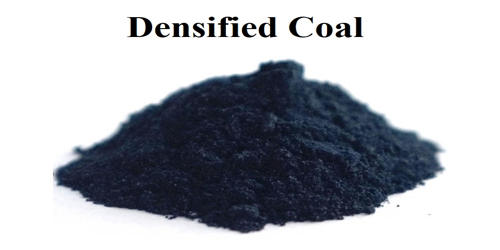
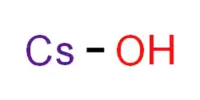
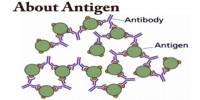


![Report on Corporate Social Responsibility and Small Medium enterprise of Southeast Bank LTD [PART-1]](https://assignmentpoint.com/wp-content/uploads/2013/03/SEB-110x55.jpg)
